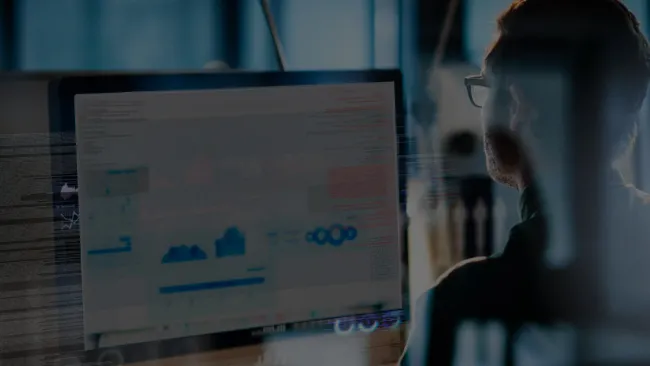You may have heard the phrase, “customer centricity is a journey, not a destination.” A good a customer experience (CX) program is never complete. It should be continuously refined and improved upon based on factors such as the changing needs of customers, business, and the economic and technology landscape.
Too often, however, CX initiatives have a narrow, static focus—they are limited to one department, targeted to one objective, or are funded through CAPEX investments in technology and traditional labour costs. Projects are strategised and programs executed based on an understanding of the customer experience at a single moment in time. Even more, projects may sit only in one part of the organisation, when in reality customers fluidly interact with a brand across the organisation in different ways over time. Initiatives not built to handle that risk becoming outdated before they are even launched.
Rather than stick to the old way of doing business, TTEC champions a new look at customer experience that sets the foundation to provide incremental innovation and flexibility at scale and budget. Customer Experience-as-a-Service (CXaaS) is an end-to-end managed services solution that combines CX strategy & roadmap, technology innovation and integration, automation & AI, and world-class customer care associates.
Not to be confused with Contact Centre-as-a-Service (CCaaS), which represents management of only cloud-based contact centre and associated technology, CXaaS serves the holistic customer experience with a mix of optimisation, automation, analytics, and continuous improvement. It is the backbone of true digital transformation.
More than a technology refresh, CXaaS enables a foundational and cultural shift to digital, driven by innovation. It reimagines how a customer experience should be thought of, delivered, and paid for.
While traditional CX programs are driven by operational metrics and cost per seat, we collaborate to build a business case based on a timeline with a series of technology roll-outs and optimisation initiatives to reduce clients’ cost to serve, labour dependency, and capital expenditures. Pricing is based on each client’s strategy and aligned to their unique SLAs and KPIs like cost per contact, TCO, and labour reduction. As gains are realised, a portion of the cost savings and newly generated revenue is reinvested back into CXaaS to propel even further gains. And to be sure the results meet financial objectives, the commercial model is structured to align to targeted outcomes. It’s a “prove it” model that removes financial and technical barriers to entry at scale.
CXaaS in 3 phases
Most organisations that are interested in CX are primarily looking to lower their cost to serve without jeopardising the customer relationship. Many invest in strategic resources to create a roadmap to make improvements. But static roadmaps that aren’t aligned to immediate execution can easily become stale. CXaaS brings strategy to life with technology and experts in three phases to continually make progress and pivot based on insights from previous phases, starting with call deflection and automation.
Phase 1: Execute on the CX roadmap to optimize the current contact centre. Find quick wins for efficiency and optimisation gains to create a more seamless experiences with less effort. Unique to each client program, examples may include:
- Voice IVR optimisation
- Workforce intelligence bots to assist associates
- RPA/RDA to automate simple front- and back-office tasks
- Automated QA
- Conversational messaging as a customer contact option
- Voice/messaging analytics to gather insights for continuous improvement
- Agent optimisation
Each one of these solutions reduces costs and improves efficiency on traditional voice contact centre programmes. Together, they create an immovable foundation based on data to understand what customers need and how they behave when they interact with a brand. The information that is generated from these digital optimisations reveals hidden insights to inform even further CX improvements.
Phase 2: Pivot to customers. With insights now in hand, focus on knowledgebase improvements to enable self-service, automated chatbots and proactive notifications. Done right, it will reduce calls and dependence on human labour while improving customer resolutions and further improving the customer experience. Here is where cost to serve can be dramatically reduced by optimising voice deflection, maximizing containment via automation and driving up concurrency.
Phase 3: Become future-ready across the organisation. Building off the prior two phases, move beyond the contact centre to activate transformation across customer channels throughout the lifecycle. This phase is more aspirational – what would an ideal customer experience be, and how do we get there? Using an agile model, don’t commit more than 12 months ahead, since customer and business environment is rapidly evolving. Common investments include:
- Web & app optimisation
- Proactive channel orchestration
- Customer-facing IVA
- Advanced CX marketing & sales analytics
- Personalisation services cloud
A CXaaS model provides the structure that’s needed in today’s risk-averse business climate to deliver digital transformation and positively impact the entire customer journey without placing a heavy burden on IT or straining budgets beyond what’s already allotted.
Do fewer voice calls and higher customer and employee satisfaction sound good? Then it’s time to take a closer look at CXaaS.














